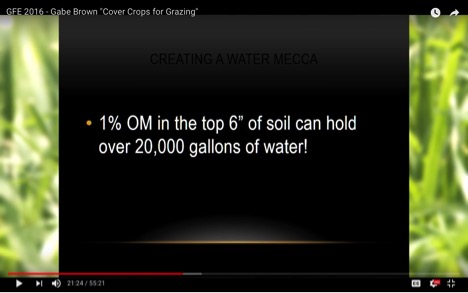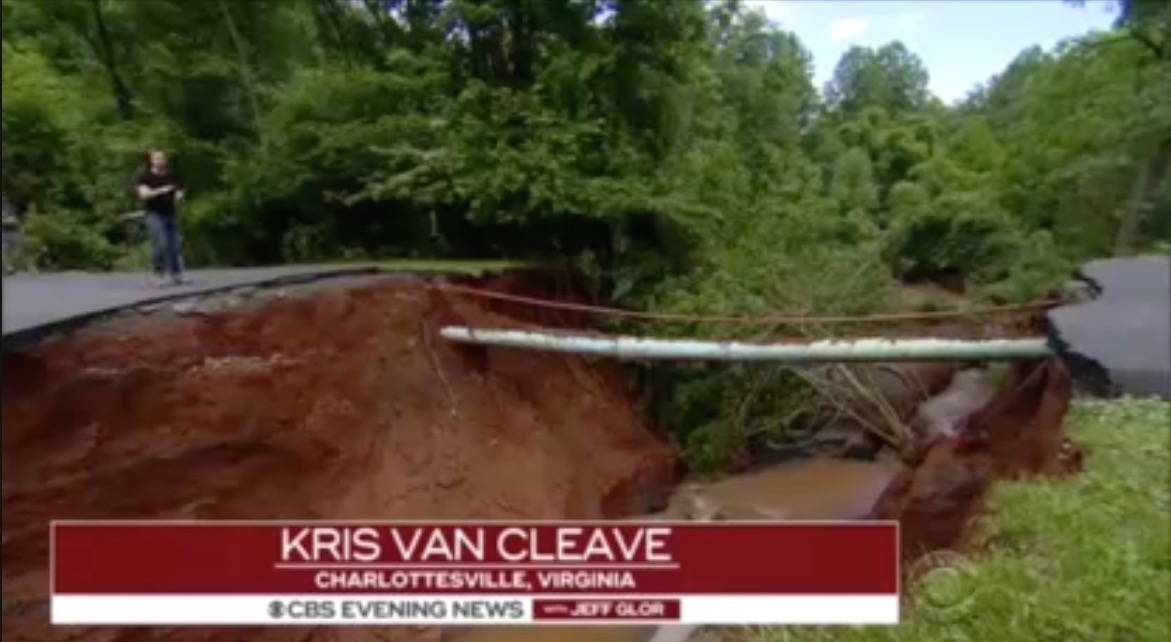HOW WILL THE CARBON CATTLE COMPANY SEQUESTER CARBON
The model for carbon sequestration we have designed uses regenerative agriculture as both the tool for sequestering and the source of profit that drives a sustainable project, which enables continued sequestration. Even though our animals will be plentiful and beautiful, if we couldn't sell them the model would not be viable. So, in developing our model we have chosen end products that have existing markets and which we can produce at good profits.
The Carbon Cattle Company is based on an idea that is so old it has come full circle and is new again, cattle ranching. Herds of animals have been grazing grasslands across the world for millions of years. What could possibly be new about such a simple process?
Not much and a lot. Cattle walk and eat grass, that hasn’t changed much. However, our understanding of the deeper chemical processes involved has grown to incredible proportions. What was a simple idea now encompasses the chemistry of soil and its symbiotic relationship with its terrestrial partners.
Not much and a lot. Cattle walk and eat grass, that hasn’t changed much. However, our understanding of the deeper chemical processes involved has grown to incredible proportions. What was a simple idea now encompasses the chemistry of soil and its symbiotic relationship with its terrestrial partners.
Because grasslands developed millions of years ago their carbon cycle is a very stable process even though the specific components can vary. We begin by modeling our farm after the North American tallgrass prairies, of which many of those grasses once thrived on the properties we intend to buy and will thrive again! These perennial grasses are long lived and have deep roots which make them drought resistant. By themselves they are nice plants and grow with moderate success. When we add rotational cattle grazing, allowing the grass time to recover, their growth changes. Their roots grow deeper, stronger and their carbon cycle begins serious changes in the soil by sequestering increasing amounts of carbon.
The carbon cycle has many components that allow carbon to be sequestered including plants, minerals, water and soil microbes. Long-term storage needs a massive, deep root system that has a very active symbiotic relationship with soil microbes. Perennial native grasses and legumes have this relationship and ability.
As carbon is returned to the soil, humus builds and mycelium networks interlock with these massive root systems. When an herbivore bites a clump of lush grass the plant sends out a flush of exudates into the soil around them. Exudates are a fancy word for sugars and starches. This is food to millions of soil microbes, which rush in to gobble them up. They in return pass “waste” that is rich in carbon, but the most important event is they eat each other. Microbes are 70% mineral rich water and the rest is mostly carbon. When nematodes eat each other that nutrient rich water releases right where the root system wants it and the carbon becomes new soil. It's that simple.
This food war has been going on for millions of years and is full of all kinds of adaptations. This worm like animal is a microscopic nematode. The lasso and rope that has captured it is actually a strain of fungi which lives within the root zone of plants and it “calls” the "worm"
Just think what could happen if we changed the Organic Matter raising it by 5% across millions of acres.
We would see a reduction in catastrophic flooding.

using a vibration wave that attracts the nematode to come to dinner, not realizing it is the planned meal of the event. As the nematode passes through the lasso the fungi snaps tight killing the nematode and in its symbiotic relationship with the plants’ root system it shares its meal with the grass. Feeding it water that has all kinds of micronutrients in it.




